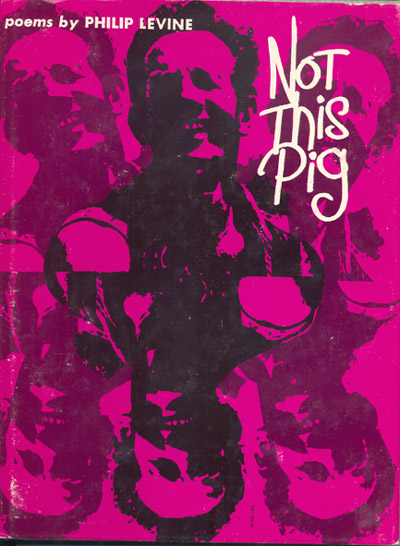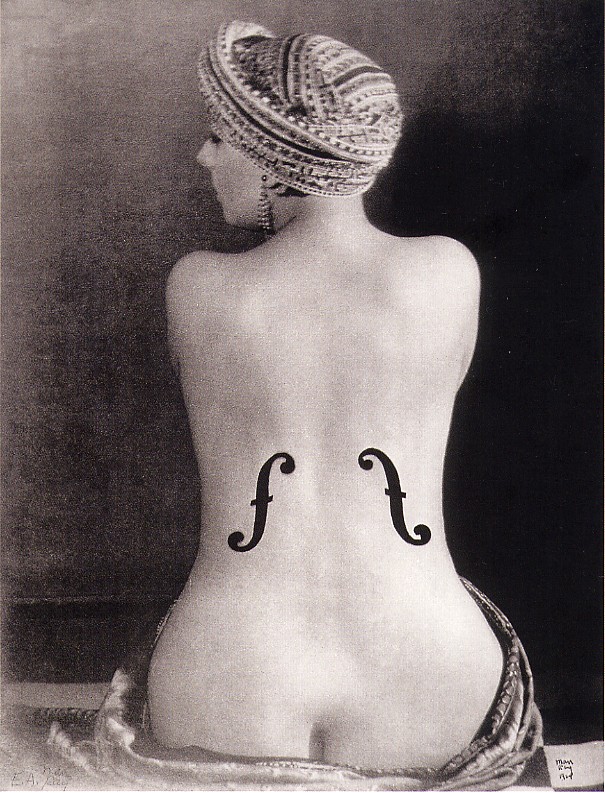How many French pop singers named Yannick could there be. I came across Ces soirées là, his hit from 2000, and now I can’t get it out of my head. If you can’t stay in your seat for this one, we have a place for you in the Café Mouffe chorus line. When I went looking for more information, I found Yannick Noah, pop singer and pro tennis champ in a previous life. Here’s his official site. Maybe someone with better sight than me can tell me if they are one and the same. Wish I’d been on the street in Paris when the video for Vous was shot… I would have tried to dance and lip-sync, too.
Update 082209: Ms. Modigliani puzzled out my question about the singer: “Yannick Ngombo, not Yannick Noah, is the singer/rapper from Angola who sings Ces Soirees la. Tons of singers with name Yannick!”
Encore: I found my way to “Ces soirées là” after nourishing obscurity sent me a trackback. He linked to a photo montage of Charlotte Casiraghi that used the song as soundtrack. While searching for the original, I was totally charmed by a webcam vamp of it by two girls who are having too much fun. The post that started all this featured a concert clip of Willy DeVille’s Venus of Avenue D. Many thanks, nourishing obscurity!
Café Mouffe opens on Fridays. Please drop by for a listen and a chat. Sometimes the embedded videos don’t work here due to bandwidth constraints, but you’ll always find links to video sources in the notes. Try them. If you’re curious about the Mouffe, here’s the original idea behind it’s creation.
![john_cage_2 John Cage collaborated with Merce Cummingham, painter Robert Rauschenberg, and pianist David Tudor. He was influenced and inspired by the French artist Marcel Duchamp. [Photo by Erich Auerbach/Getty Images/NPR]](../wp-content/uploads/2009/08/john_cage_2.jpg)
![Vulture-bone Flute Nicholas J. Conard of the University of Tübingen, in Germany, showed a thin bird-bone flute carved some 35,000 years ago. [Photo by Daniel Maurer/AP/NYT]](../images/2009/06/25/science/25flute1.600.ready.jpg)


 If there is an emerging genetic underclass, I could run for class president or class clown. Read more in
If there is an emerging genetic underclass, I could run for class president or class clown. Read more in ![Fog at Isle Royale [Source: wildmengoneborneo.com] Fog at Isle Royale [Source: wildmengoneborneo.com]](../wp-content/uploads/2008/04/isle_royale_fog.jpg) "Brendan, this is what the world looks like all the time to me. Just a little fog. It’s a fine day for boating on the Great Lakes.” Without missing a stroke he turned to dart a skeptical glance at me. Brendan the Navigator. When we named him I didn’t tell his mother everything the legendary Irish name implied. But I imagined him taking on the role of navigator for me. Growing up with Coastal Survey charts and tales of Great Lakes shipwrecks, he came to know Superior as another home. He never doubted the wisdom of canoeing there with a father who was half blind.
"Brendan, this is what the world looks like all the time to me. Just a little fog. It’s a fine day for boating on the Great Lakes.” Without missing a stroke he turned to dart a skeptical glance at me. Brendan the Navigator. When we named him I didn’t tell his mother everything the legendary Irish name implied. But I imagined him taking on the role of navigator for me. Growing up with Coastal Survey charts and tales of Great Lakes shipwrecks, he came to know Superior as another home. He never doubted the wisdom of canoeing there with a father who was half blind. 
![Charlotte Casiraghi in a red dress. [Source: Stylophile] Charlotte Casiraghi in a red dress. [Source: Stylophile]](../wp-content/uploads/2008/02/charlotte_casiraghi_red_dress.jpg) When I figured out who Charlotte Casiraghi was, I realized that I once sent a poem to her mother.
When I figured out who Charlotte Casiraghi was, I realized that I once sent a poem to her mother.  The legendary Kiki of Montparnasse posed for Man Ray’s
The legendary Kiki of Montparnasse posed for Man Ray’s ![Eugène Delacroix. Liberty Leading the People. 1830. Louvre, Paris. [Source: Wikimedia Commons]] Eugène Delacroix. Liberty Leading the People. 1830. Louvre, Paris. [Source: Wikimedia Commons]]](../wp-content/uploads/2008/05/delacroix_liberty_1830_2.jpg)

